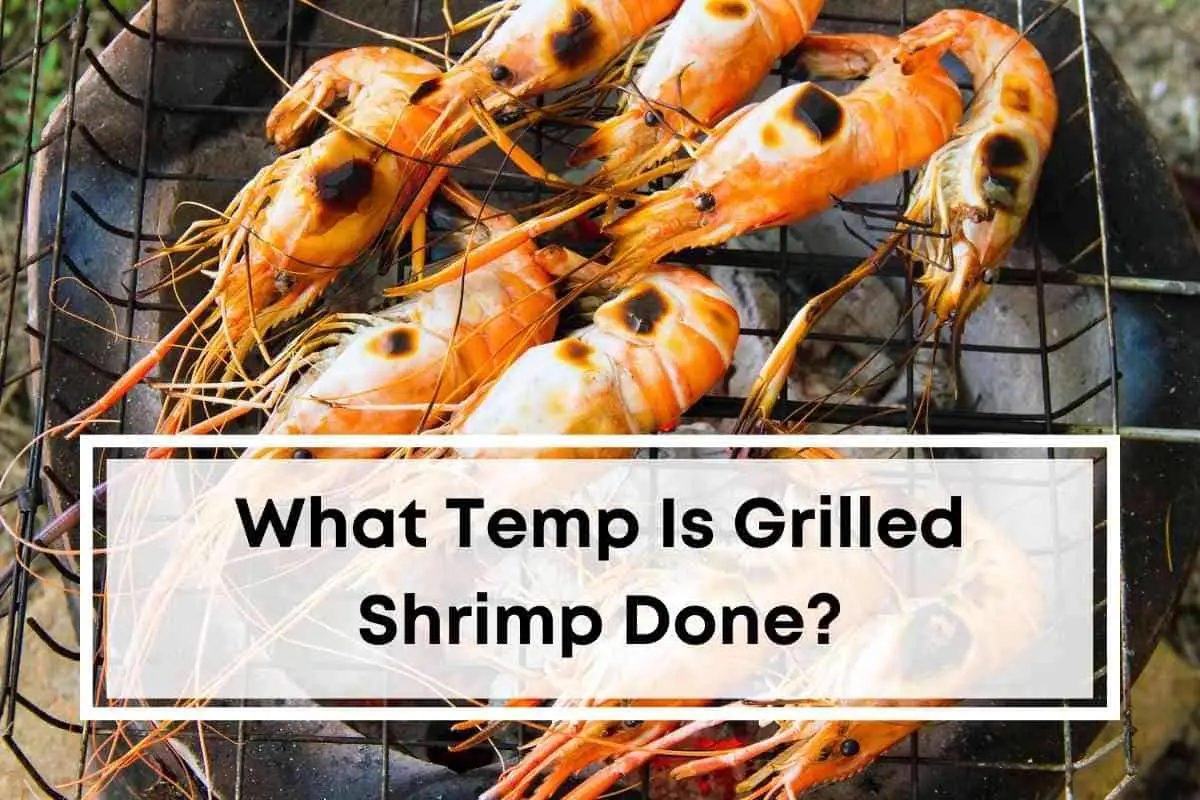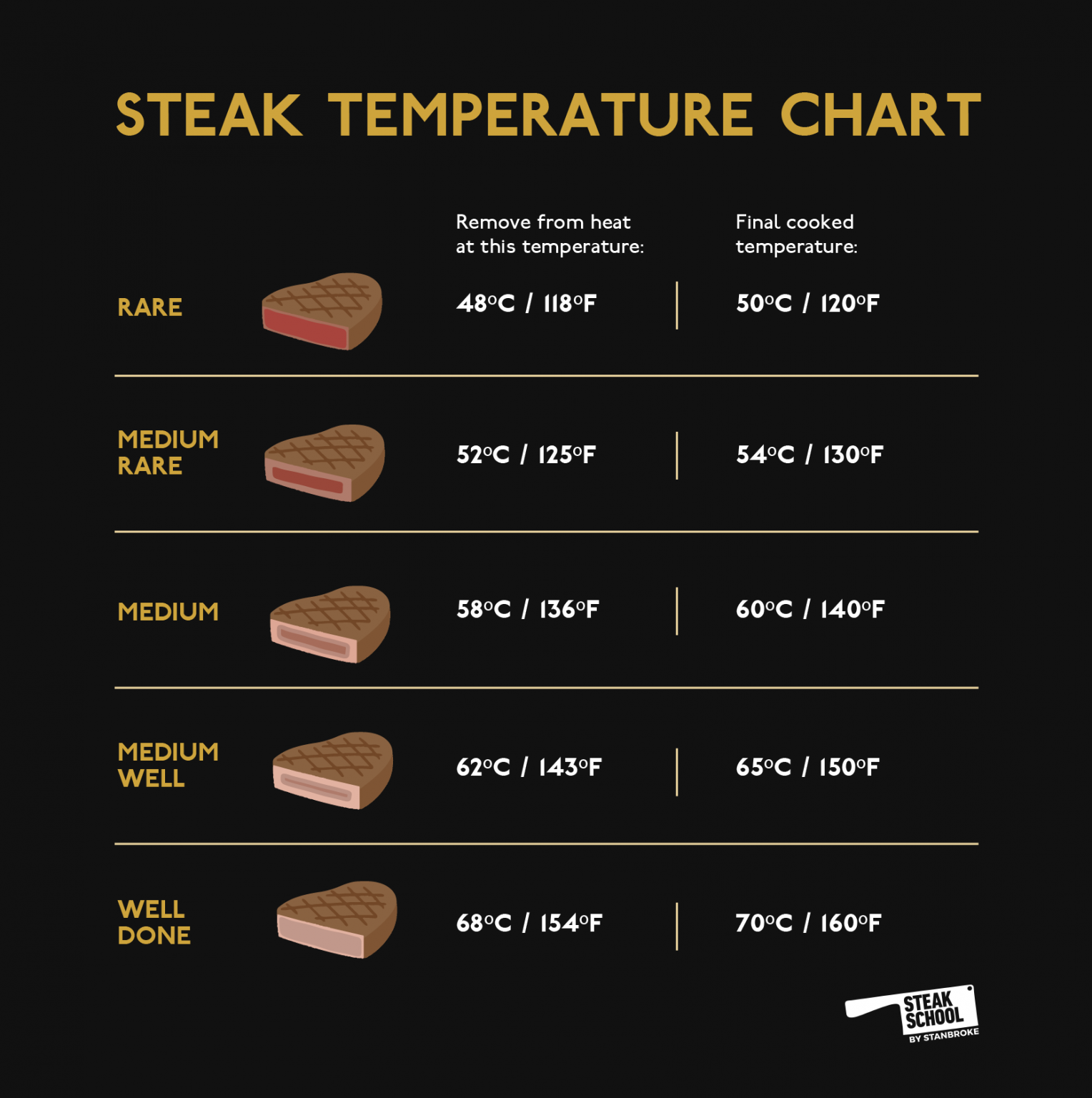Shrimp is a popular seafood that's loved worldwide for its versatility and delicious taste. Whether you're grilling, sautéing, or boiling shrimp, knowing the exact temperature at which shrimp is cooked is crucial to achieving the perfect texture and flavor. Overcooking shrimp can result in a rubbery texture, while undercooking it poses health risks. In this article, we'll explore everything you need to know about cooking shrimp to perfection.
Cooking shrimp at the right temperature ensures that it is both safe to eat and retains its flavor and nutritional value. This guide will provide you with all the necessary information to master the art of cooking shrimp, including the ideal temperature, cooking methods, and helpful tips.
By the end of this article, you'll have a thorough understanding of what temp is shrimp done and how to achieve consistently delicious results every time you cook shrimp. Let's dive in!
Read also:Discover The Rich Artistic Legacy At Museum Het Rembrandthuis
Table of Contents
- What Temp is Shrimp Done?
- Temperature Guidelines for Cooking Shrimp
- Cooking Methods for Shrimp
- Health Benefits of Shrimp
- Risks of Undercooked or Overcooked Shrimp
- Tips for Cooking Perfect Shrimp
- Delicious Shrimp Recipes
- Common Questions About Cooking Shrimp
- Nutritional Value of Shrimp
- Conclusion
What Temp is Shrimp Done?
One of the most common questions among home cooks is, "What temp is shrimp done?" The answer lies in understanding the ideal internal temperature for cooked shrimp. According to food safety experts, shrimp should reach an internal temperature of 120°F (49°C) to ensure it is fully cooked and safe to eat.
Reaching this temperature ensures that harmful bacteria, such as Vibrio vulnificus, are eliminated. However, it's important not to overcook shrimp, as this can lead to a tough and rubbery texture. The key is to monitor the temperature closely and remove the shrimp from heat just as it reaches the desired temperature.
Temperature Guidelines for Cooking Shrimp
Why Temperature Matters
Temperature plays a critical role in cooking shrimp. Cooking shrimp at the right temperature ensures that it is both safe and flavorful. Here are some important guidelines:
- Shrimp should reach an internal temperature of 120°F (49°C).
- Use a meat thermometer to ensure accuracy.
- Overcooking shrimp can lead to a tough texture, so it's essential to remove it from heat promptly.
Common Mistakes to Avoid
Many home cooks make the mistake of guessing when shrimp is done, which can lead to undercooked or overcooked shrimp. To avoid this:
- Always use a thermometer.
- Pay attention to the color and texture of the shrimp. It should turn pink and opaque when cooked.
- Do not leave shrimp on the heat for too long after it reaches the desired temperature.
Cooking Methods for Shrimp
Boiling Shrimp
Boiling is one of the simplest and most popular methods for cooking shrimp. Here's how to do it:
- Fill a pot with water and bring it to a boil.
- Add shrimp and cook for 2-3 minutes, or until they reach an internal temperature of 120°F (49°C).
- Drain the shrimp and serve immediately.
Grilling Shrimp
Grilling shrimp gives it a delicious smoky flavor. Follow these steps:
Read also:Vermont Underground Line Locator A Comprehensive Guide To Safe Digging
- Preheat your grill to medium-high heat.
- Place shrimp on skewers or directly on the grill.
- Cook for 2-3 minutes per side, or until they reach an internal temperature of 120°F (49°C).
Health Benefits of Shrimp
Shrimp is not only delicious but also packed with nutrients. Here are some of the health benefits of eating shrimp:
- High in protein: Shrimp is an excellent source of lean protein, which is essential for muscle growth and repair.
- Rich in omega-3 fatty acids: These healthy fats support heart health and reduce inflammation.
- Low in calories: Shrimp is a low-calorie food, making it a great option for those watching their weight.
According to the USDA, a 3-ounce serving of shrimp contains approximately 84 calories, 18 grams of protein, and 1 gram of fat.
Risks of Undercooked or Overcooked Shrimp
Both undercooked and overcooked shrimp pose risks. Undercooked shrimp can harbor harmful bacteria, while overcooked shrimp can become tough and unappetizing. Here's what you need to know:
Risks of Undercooked Shrimp
Undercooked shrimp can contain harmful bacteria such as Vibrio vulnificus, which can cause foodborne illnesses. Symptoms include nausea, vomiting, diarrhea, and abdominal pain. To avoid this, always ensure that shrimp reaches an internal temperature of 120°F (49°C).
Risks of Overcooked Shrimp
Overcooked shrimp can become tough and rubbery, which affects its texture and taste. To prevent overcooking, monitor the temperature closely and remove the shrimp from heat as soon as it reaches the desired temperature.
Tips for Cooking Perfect Shrimp
Here are some tips to help you cook perfect shrimp every time:
- Use fresh, high-quality shrimp for the best results.
- Peel and devein shrimp before cooking to enhance flavor and texture.
- Season shrimp generously with salt, pepper, and other herbs or spices.
- Do not overcrowd the pan or grill when cooking shrimp, as this can lead to uneven cooking.
Delicious Shrimp Recipes
Garlic Butter Shrimp
This classic recipe is easy to make and full of flavor:
- Ingredients: Shrimp, butter, garlic, lemon juice, parsley, salt, and pepper.
- Instructions: Melt butter in a pan, add minced garlic, and sauté until fragrant. Add shrimp and cook until pink, then stir in lemon juice and parsley. Serve hot.
Shrimp Tacos
For a Mexican twist, try making shrimp tacos:
- Ingredients: Shrimp, taco shells, cabbage, avocado, lime, and taco seasoning.
- Instructions: Cook shrimp with taco seasoning, then serve in taco shells with cabbage, avocado, and a squeeze of lime.
Common Questions About Cooking Shrimp
How Long Does It Take to Cook Shrimp?
Cooking time depends on the method used, but most shrimp will cook in 2-3 minutes. Always check the internal temperature to ensure doneness.
Can You Eat Shrimp Raw?
While some types of shrimp, such as sashimi-grade shrimp, can be eaten raw, it's generally safer to cook shrimp to eliminate harmful bacteria.
Nutritional Value of Shrimp
Shrimp is a nutrient-dense food that provides essential vitamins and minerals. Here's a breakdown of its nutritional value:
- Protein: 18 grams per 3-ounce serving.
- Omega-3 fatty acids: Supports heart health and reduces inflammation.
- Vitamins: Rich in vitamin B12, which is important for nerve function and red blood cell production.
Shrimp also contains selenium, zinc, and iron, which are essential for overall health.
Conclusion
Cooking shrimp to perfection is all about understanding the ideal temperature and using the right techniques. By following the guidelines outlined in this article, you can ensure that your shrimp is both safe and delicious every time you cook it.
We encourage you to try out the recipes and tips provided in this article and share your experiences in the comments below. Don't forget to explore our other articles for more culinary inspiration. Happy cooking!

